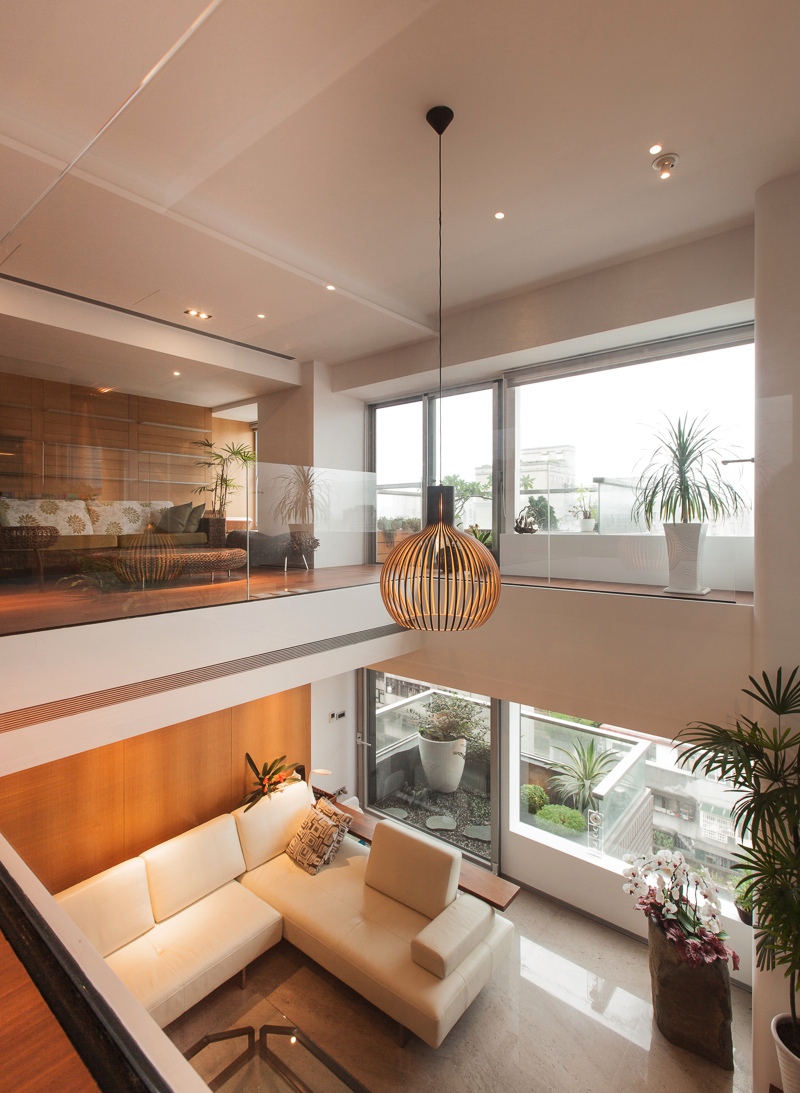

For example, if your home boasts amazing tin ceiling tiles, a good interior designer will incorporate vertical lines that subconsciously lift your eyes up to highlight that feature. Perpendicular to horizontal lines, verticals draws your eyes upward. However, if you have too much of this design element, your space can quickly become dull, lacking the visual appeal that comes with vertical and dynamic lines. They ground the space and make it feel wider and more expansive. Horizontal Linesįor a more tranquil and peaceful feeling to a room, use horizontal lines. Vertical lines, on the other hand, make spaces feel lofty and airy. There are three main types of lines:įor example, if you want a more earthy, secure, cozy and stable feel, use horizontal lines. And it’s uniquely based on your home.Īnother element leveraged by interior designers to shape how our brain perceives space is line. The challenge lies in striking a keen balance between these two forms of space -not too crowded, but not too sparse.

Should I keep eyes low to the ground the showcase the exquisite furniture quality?.
 Do I want to draw attention to the ceiling to highlight a certain feature?. In addition to thinking about the positive and negative spaces in a 2D floor plan, an interior designer has to think about the space above the furniture: This is just one example of how interior design works on the brain. In an open concept-style home, the walls are removed, making your brain feel like the space is larger than it would be if there were walls. The space filled with decor, such as a living room couch, dining table and the kitchen island, is called positive space. The empty space giving a room a lofty and “open” feel is called negative space. This particular style of home is obsessed with space, specifically the balance of negative and positive space. If you’ve watched any sort of home improvement show in the past decade, you’ve heard of an “open concept” floor plan. After all, interior design is about the design of interior spaces. While all seven elements on this list are indispensable components of interior design, space is perhaps the most important to get right. Let’s discuss these building blocks and how they can help you begin your journey to creating the home interior of your dreams. Luckily, you can utilize the 7 core principles of interior design to decorate your home. It’s much more of a mind game than people realize. To do this, interior designers utilize certain artistic methodologies that “trick” our minds or, at the very least, reshape how we perceive interior spaces. And it’s the job of an interior designer to shape those feelings or sensations in a positive direction that makes someone want to spend time in a room. At Frankel Building Group, we believe interior design is both science and art! It has to do with how our brains and bodies react to the space around us.
Do I want to draw attention to the ceiling to highlight a certain feature?. In addition to thinking about the positive and negative spaces in a 2D floor plan, an interior designer has to think about the space above the furniture: This is just one example of how interior design works on the brain. In an open concept-style home, the walls are removed, making your brain feel like the space is larger than it would be if there were walls. The space filled with decor, such as a living room couch, dining table and the kitchen island, is called positive space. The empty space giving a room a lofty and “open” feel is called negative space. This particular style of home is obsessed with space, specifically the balance of negative and positive space. If you’ve watched any sort of home improvement show in the past decade, you’ve heard of an “open concept” floor plan. After all, interior design is about the design of interior spaces. While all seven elements on this list are indispensable components of interior design, space is perhaps the most important to get right. Let’s discuss these building blocks and how they can help you begin your journey to creating the home interior of your dreams. Luckily, you can utilize the 7 core principles of interior design to decorate your home. It’s much more of a mind game than people realize. To do this, interior designers utilize certain artistic methodologies that “trick” our minds or, at the very least, reshape how we perceive interior spaces. And it’s the job of an interior designer to shape those feelings or sensations in a positive direction that makes someone want to spend time in a room. At Frankel Building Group, we believe interior design is both science and art! It has to do with how our brains and bodies react to the space around us. Elements and principles of design how to#
How to Use the Elements and Principles of Interior Design to Decorate Your HomeĬontemporary interior design involves much more than deciding which pillows and drapes tie the room together - although those selections still matter.







 0 kommentar(er)
0 kommentar(er)
